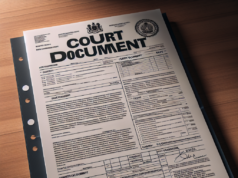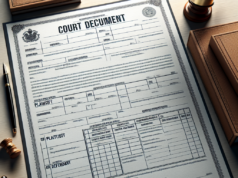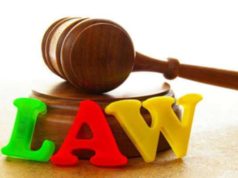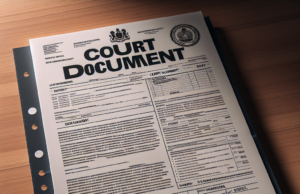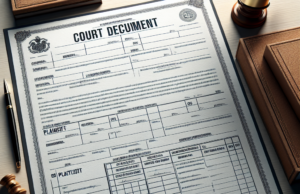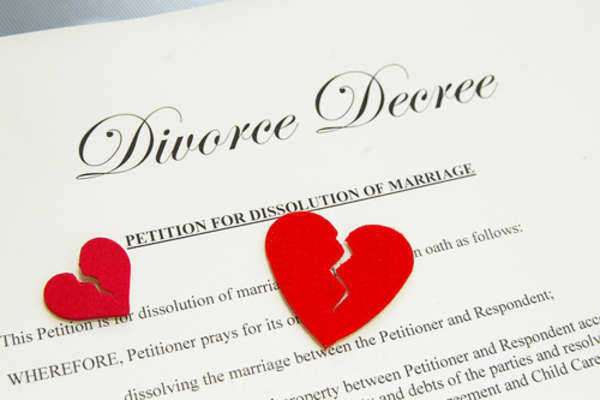
Quick Guide to The Petition for Divorce
Divorce proceedings can be emotionally and psychologically overwhelming, and the numerous documents involved in the process can seem daunting. One of the essential documents in a divorce is the Petition for Divorce. It is the initial document that initiates the divorce proceedings. In this article, we will provide you with a quick guide to the Petition for Divorce, using the following headings:
1. What is a Petition for Divorce?
A Petition for Divorce is the legal document used to initiate a divorce process in the court. It outlines the legal basis for the divorce, the details of the marriage, and any requested relief, such as property division, child custody, child support, spousal support, and other related issues.
2. Preparation of the Petition for Divorce
Filing for a divorce can be overwhelming, but preparing the Petition for Divorce can help. The document must be completed and filed correctly to start the divorce process. The petitioner, who generally is the spouse that files for divorce, should consult with a divorce attorney to ensure the document meets the state’s required standards and fully addresses all aspects of the separation.
3. Details to Include in the Petition for Divorce
The Petition for Divorce must include several critical details, such as the name and addresses of both spouses, the grounds for divorce (which can be either no-fault or fault-based), and the requested relief. The requested relief may include child custody arrangements, child support amounts, spousal support amounts, and division of assets and debts.
4. Filing the Petition
The Petition for Divorce must be filed with the court in the proper jurisdiction where either spouse currently resides. The date of filing is important in divorce proceedings, as it sets the clock in motion for conducting discovery and determining deadlines for responding and receiving notice of future court appearances.
5. Serving the Respondent
Once the Petition for Divorce is filed, the respondent, who is the other spouse in the marriage, must be served a copy of the document. This can be achieved through several methods, such as certified mail, personal service by a process server, or in some cases, the respondent may voluntarily accept service by signing an Acknowledgment of Service.
6. Responding to the Petition
After being served with the Petition for Divorce, the respondent has a specific period, typically 20 – 30 days, to respond to the document. The response must address the issues stated in the Petition and identify any requests for counter relief. Failure to respond can result in a default judgment against the respondent.
Conclusion
The Petition for Divorce is a fundamental legal document in the divorce process and must be completed correctly to initiate proceedings. It is crucial to consult with a knowledgeable divorce attorney to ensure that all aspects of the divorce are addressed and to prevent potential legal pitfalls. If you are considering filing for divorce, a Petition for Divorce is a necessary starting point. By being proactive and seeking experienced legal advice, you can begin the process of starting your new life with confidence.v
Filing a divorce petition is difficult regardless of a couple’s unique situation and circumstance.
However, this process is much more difficult when children are involved. In many states, the process of filing a petition for divorce varies slightly if the couple has children.
In order to initiate the process, one spouse must petition for divorce by completing the appropriate paperwork.
He/she must include information about his/her children on the divorce form and describe his/her ideal child custody arrangement.
The other spouse will then be officially served the petition. He/she will have the ability to respond to the original position.
In his/her response, he/she can agree or disagree with the statements made by the filing spouse. When a divorce involves children, child custody must be determined.
In many cases, both parties will agree to share joint custody of the children. However, a divorce case may involve a child custody battle, during which both parties fight for sole custody of the child.
Divorce can be emotionally traumatizing for a child, and therefore, it is important that both parents consider what is best for the child.




